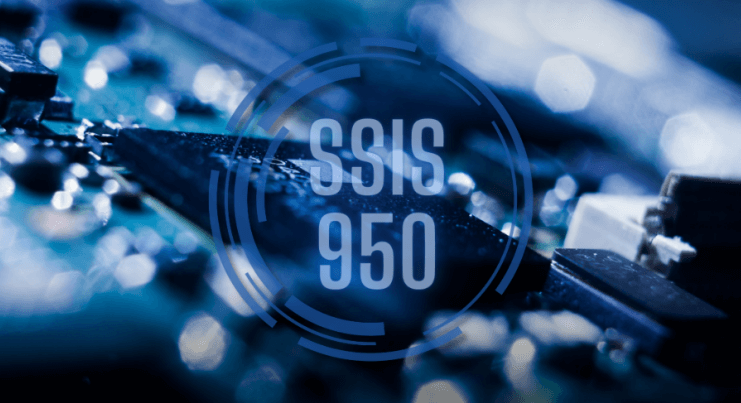SSIS 950: Revolutionizing Data Integration for Innovative Companies

Service Pack for SQL Server 2005 (SSIS 950) is a software tool designed for organizations that want to run SQL Server Integration Services with their workflow and data integration applications. More widely known as ETL (Extract, Transform, Load), SSIS 950 gives companies a tool to manage data extraction, transformation, and loading and convert raw data into usable analysis and reporting information. The software provides access to disparate data sources, including relational databases, XML files, flat files, and cloud-based services, with a graphical user interface (rather than hand coding), thereby simplifying the process of building workflows.
How SSIS 950 makes Data integration easier?
SSIS 950 was built to face the complex situation of data integration, and it does so by offering connections to numerous data formats and systems. It guarantees efficiency and compatibility across various sources, such as real-time streams, cloud resources, and legacy applications. The intuitive drag and drop interface allow you to create complex workflows easily – it is a real productivity tool for MSPs, novice, advanced, and power users. Furthermore, its transform capabilities allow users to wrangle datasets on the fly with merge/assembly, sort, filter, and aggregate data. SSIS will also enable organizations to schedule and automate data integration tasks regularly, improving operational efficiency.
The Real-World Use of SSIS-950
• Many major institutions in different industries use SQL Server Integration Services version 950 (ssis-950) to overcome challenges caused by data.
• Simplifying Retail Data Integration: Retail companies implement ssis-950 to consolidate data in real time from disparate sources, which facilitates better inventory control and the ability to analyze customer information.
• Improving Processing of Healthcare Data: Healthcare institutions employ SSIS-950 to handle patient information across various departments, improving data accuracy and the quality of patient care while streamlining administration.
• Financial Data Analytics use cases = Financial institutions utilize ssis-sd_950 for thousands of transactions to provide faster financial reporting and decision-making overall.
Applications of SSIS 950
The SSIS 950 has many uses beyond ordinary data integration. Its features include data migration, which is critical for Ansible customers moving away from legacy systems to more modern solutions, especially during mergers and acquisitions or when performing upgrades. The software further offers data scrubbing capabilities that enable users to detect and correct duplicate, incomplete, or inaccurate records – particularly valuable in sectors like healthcare, finance, or retail where accurate data is crucial.
Moreover, SSIS enables data synchronization between different systems, thus ensuring that the shared information is consistent and complete within an enterprise. In addition, SSIS is used for advanced analytics by shaping and preparing the data for machine learning models and predictive analytics tools to assist in smarter decision-making.
Prospects for future SSIS-950 integration of other data
With data integration still evolving, ssis950 will adapt to the following significant trends in business requirements. Larger automation using AI is the first thing that can be anticipated, with forthcoming iterations potentially featuring predictive analytics and automatic data conversions – meaning no need for human involvement.
Second, the continued evolution of cloud functionality is expected as businesses move to the cloud, adding flexibility in hybrid data environments and offering cost-effective, scalable data management options. Finally, ssis950 focuses on enhanced real-time data processing to address organizations’ increasing need for virtually instantaneous access to information.
See also: On-Device AI & Privacy-First Mobile Apps in 2025: What Businesses Need to Know
Conclusion
A highly efficient data integration tool that helps organizations overcome daunting challenges and provides the insights they need to succeed in a data-driven global economy. It is based on a combination of functions and utilities that show flexibility by playing the key roles we will need in data management. Challenges notwithstanding, SSIS 950 is still a good bet for organizations focused on improving productivity and optimizing data. By properly executing it, businesses can turn unstructured data into actionable insights— spurring innovation and increasing business value.





